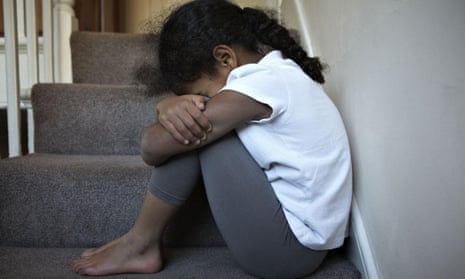The privatisation of children’s residential care in England over the past decade has resulted in worse outcomes. This has long been suspected by critics of the current system, which is dominated by providers either partly or wholly owned by private equity investors. Researchers at Oxford University have now supplied proof. The study found that 17,000 out-of-area placements, which involve moving children away from their home networks, could be attributed to outsourcing between 2011 and 2022. While there is wide variation between local authorities, the ones that rely most on private placements are those with the worst outcomes.
The frequency of disruption was also measured. Like out-of-area moves, discontinuity is associated with worse experiences, and reduced likelihoods of children developing the capacities and relationships that they need in order to thrive. A vivid demonstration of this was provided in recent weeks by whistleblowers from the chain Outcomes First, following its decision to close 28 homes at short notice. A worker in one of those homes described the acute and self-destructive distress of one young resident, when told of her transfer, as “one of the saddest things I’ve ever seen”. The Children’s Homes Association, which represents owners, took the unusual step last month of publicly berating Outcomes First, which is not among its members. These hasty closures, it said, fell “woefully short of the standards expected”.
Already, attempts to repair this broken market have been promised. An investigation by the Competition and Markets Authority (CMA) pointed to providers’ high profit margins and the risk of bankruptcies, due to debt, as evidence of dysfunction. But it stopped short of recommending an end to for-profit placements or price caps. Last year the government rejected the recommendation of its independent reviewer, Josh MacAlister, that a windfall tax should be levied. Instead of the £2.6bn overhaul proposed, ministers said they would invest £200m in a series of pilot projects, including regional commissioning hubs, to strengthen councils’ position relative to suppliers.
From a roughly 50/50 mix of public and private placements in England in 2005, we have moved – following a decade of austerity in which council budgets were hit particularly hard – to a situation where around 80% are private. We already knew that businesses were making excess profits, with the CMA’s analysis showing an average profit margin of 22.6% among 15 large providers between 2016 and 2020. Now we know that these businesses are looking after children less well than their public sector counterparts too. The Scottish and Welsh governments have already committed to move away from a profit model, with a separate review in Northern Ireland due to conclude soon. The case for more radical change in England is overwhelming.
It is time to admit that the national market in children’s social care has failed – and that this should have been foreseen. Because markets respond to prices, residential care was bound to gravitate to where property is cheapest. Thus Blackpool, with a population of just 141,000, now has 40 children’s homes, while London has 146. To task cash‑strapped councils with placing children close to home networks, as ministers did, while promoting a structure in which property and wage costs were bound to influence supply, was a mistake.
Throwing children out of their homes with a month’s notice, as private equity-owned Outcomes First did, is cruel. What is needed is a long-term plan to develop alternatives, which could include not-for-profit as well as council-run homes. Regulation must be tightened and disruption reduced. Some current practice makes a mockery of the state’s obligations, and raises the question of whether children in care are actually being “looked after” or harmed.
